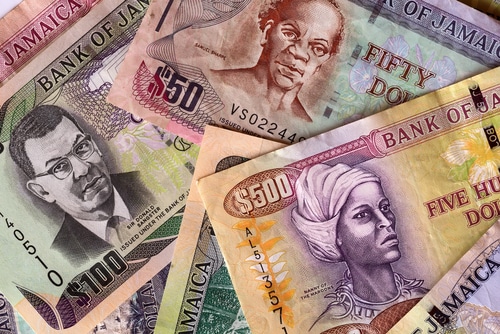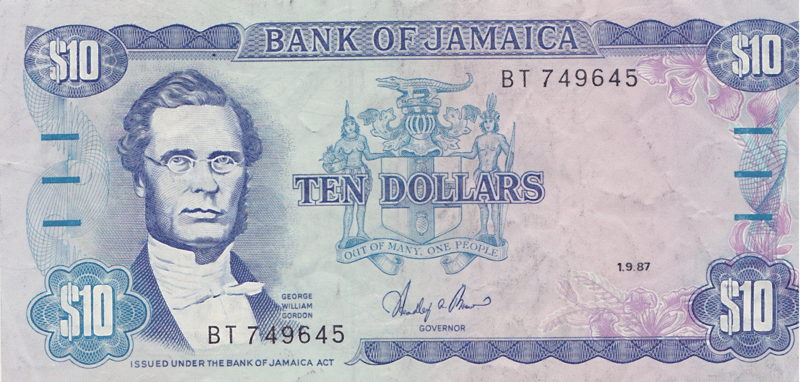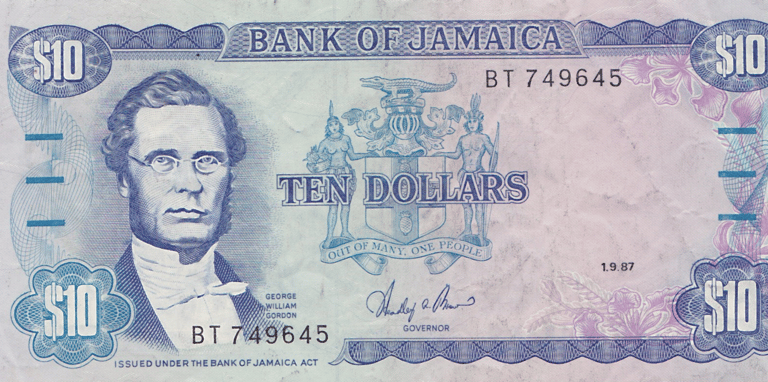The Jamaican dollar (JMD) is not just money. It shows the deep history and culture of the island. The story of the Jamaican dollar started many years ago when the island was under colonial rule. Now, it is the nation’s official currency. The Jamaican dollar shows the strong spirit and real identity of the people who live there. If you plan to visit Jamaica, want to send money to someone there, or just feel curious about how money works around the world, you will find that learning about the Jamaican dollar gives you a good look into the country’s economic story.
1. First Non-European Currency in Jamaica
Before European colonization, the Taino people of Jamaica traded goods by using a barter system. They did not use regular money at this time. When the Spanish came in the 15th century, they brought copper coins called maravedís. Later, they also used silver reales as money. In 1655, the British took control of the island. After that, Jamaica started to use the British pound, with shillings and pence as the other money types (Bank of Jamaica).
2. Initial Value Tied to the British Pound
In 1969, Jamaica started to use its own dollar. At first, this dollar was worth half of a British pound. This made the Jamaican dollar the first money to use British money as its base instead of the U.S. dollar. It showed how close Jamaica was with the Commonwealth.
3. Sir Donald Sangster’s Unique Knighthood
The JA$100 banknote has the face of Sir Donald Sangster. He was the second Prime Minister of Jamaica. Queen Elizabeth II gave him the title of knight in 1967. Sangster was in a coma at that time. Not long after, he died. This meant he got his new title after he passed away.

4. The ‘Nanny’ Note
The JA$500 note is known as a “Nanny” because it has a picture of Nanny of the Maroons. She is a national hero in Jamaica. She helped lead the fight against British colonial forces back in the 18th century. Her bravery and strong leadership show Jamaica’s struggle for freedom.
5. ‘Grand’ Slang for JA$1,000
In Jamaican slang, people call the JA$1,000 note a “grand.” This word comes from American slang. You will hear this word often in everyday deals all across the island.
6. Discontinuation of 1¢ and 5¢ Coins
In 2018, the Bank of Jamaica stopped making 1¢ and 5¢ coins. The value of these coins had dropped, so people did not use them much. Prices might still show cents on labels and receipts. But when you pay in cash, the amount gets rounded to the nearest dollar.
7. Lowest Denomination Banknote is JA$50
Right now, the smallest banknote you can use is the JA$50. There are also JA$100, JA$500, JA$1,000, and JA$5,000 notes. Because prices have gone up, even the biggest note might only pay for small daily things.
8. De La Rue’s Century-Long Printing Partnership
British company De La Rue has been printing Jamaica’s banknotes since 1920. This has helped to make sure the money is safe and of good quality. This work has gone on for a long time, and it is important for Jamaica.
9. JA$20 Coin Featuring Marcus Garvey
The JA$20 coin was first made between 2000 and 2002. It shows Marcus Garvey, who is a well-known black nationalist leader. On the other side of the coin, you will see the Jamaican coat of arms. This stands for the country’s pride.
10. Transition from Queen Elizabeth II to National Figures
In 1968, Jamaica chose to change the picture of Queen Elizabeth II on its money. The country decided to show national heroes and important places on its banknotes instead. This change was part of a bigger plan to help people feel more connected to their own country after gaining independence.
Understanding Jamaican Currency Exchange Rates
The value of the Jamaican dollar goes up and down because of supply and demand for money from other countries. As of May 2025, one U.S. dollar is about 158.83 Jamaican dollars. In many tourist spots, you can use U.S. dollars, but if you use the Jamaican dollar, you will often get a better deal, especially if you are not in a tourist area. It is a good idea to exchange your money at banks or ATMs to get better rates.

Frequently Asked Questions
What denominations are currently in circulation?
Banknotes: JA$50, JA$100, JA$500, JA$1,000, JA$5,000.
Coins: JA$1, JA$5, JA$10, JA$20.
Are cent coins still used in Jamaica?
No, the 1¢ and 5¢ coins were discontinued in 2018. While prices may be listed in cents, cash transactions are rounded to the nearest dollar.
Can I use U.S. dollars in Jamaica?
Yes, U.S. dollars are widely accepted in tourist areas. However, using Jamaican dollars is recommended for better value, especially in local markets and non-tourist regions.
How can I send money to Jamaica?
Money transfer services like Remitly allow you to send funds to Jamaica efficiently. By selecting Jamaica as the destination, you can view current exchange rates and transfer options.

